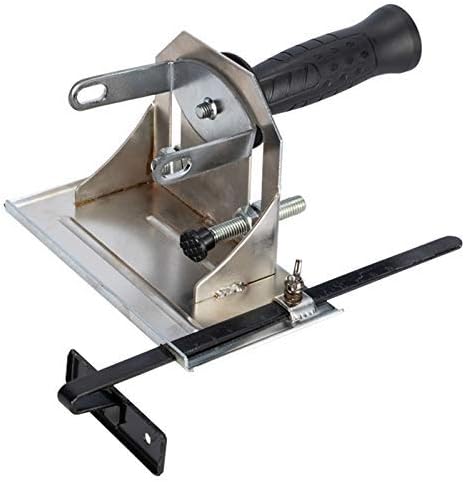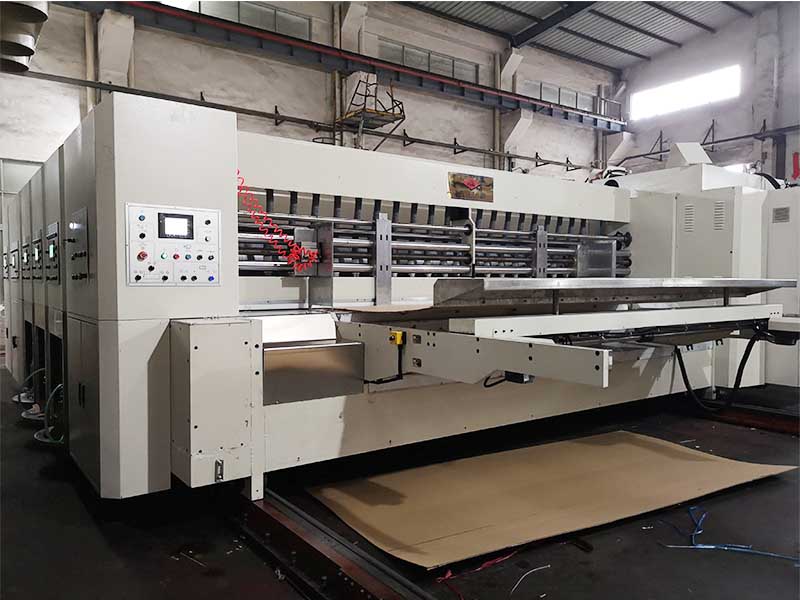Optimizing warehouse slotting can be a full-time job. For most distribution centers, the mix of items is constantly in flux. Items change packaging, and therefore handling characteristics. New items replace old (or are simply added to the mix). Seasonality, promotions, demand and other factors beyond anyone's control change an item's velocity with predictable unpredictability.

Re Slotting Tool

The love for Re Slotting gambling of all forms in the Re Slotting UK led quickly to creating a huge online presence. Many of the traditional betting shops opened up websites, accepting deposits online and opening the door for players to play real money games including poker, casino, and bingo. This operator can do the re-slotting on a periodical basis on a monthly or quarterly basis. This is something you want to figure out based on the dynamics of the whole slotting operation. You should make sure that the A SKUs are in the A location then B SKUs are in the B location and the C SKUs are in the C location. It’s all dynamically.
Many DCs are faced with physical constraints that limit the amount of forward pick locations. When the number of active items outnumbers the forward pick face slots, this real estate becomes a scarce resource, to be allocated wisely only to the most deserving items. Every other item must be given the 'next best thing' in hopes of coming to the best compromise between the ideal and physical realities.
Many slotting applications have been developed to address this challenging issue. Unfortunately, most of these only consider inventory pick velocity and travel distance when making slotting decisions. They ignore the human side of the equation, taking into account what effect any changes might have on work processes. To judge the total economic impact of potential slotting changes, it is necessary to analyze the change in work content based on discrete standards, and the possible effects on accuracy, quality and safety.
Creating Slotting Plans
Most slotting plans are created from a macro view of the facility and the items stored within it at any given time. For instance, a section of case flow rack is the forward pick area, and within that, the first three bays of every aisle are reserved for the fastest moving items. Any primary items that cannot fit in that zone should get as close as possible in the next 5 bays, intermingling with the items of secondary importance, etc.
The bigger challenge is considering less obvious variables. Does placing an item on the top shelf of the forward pick face really produce faster pick times than placing it in the secondary pick area in the chest-high golden pick zone? How does changing pick location impact put-away and replenishment times? What would be the impact on picking efficiency of a forward pick area layout change? These and many more questions affecting slotting decisions require understanding each job in the facility at the discrete task level, and the ability to simulate the impact of changes. When slotting is done manually, it is unrealistic to assume a thorough job, evaluating all factors, can be done on a regular basis. With a system in place to do the number crunching, frequent evaluation should become the norm, with major re-slots the exception.

SlottingCtl™ from RedPrairie® combines inventory velocity information with human factors based on discrete standards to evaluate the total economic impact of slotting changes before they are implemented. This not only automates the slotting process, creating a built-in 'watchdog', it enables inventory managers to make better informed decisions with the greatest possible benefit to their companies.
However, to be truly effective at executing and enforcing the slotting policy, the slotting application must be integrated to DC operational systems such as warehouse management and labor management systems. This enables the slotting plan to be a natural complement to normal DC operations such as replenishment and put-away. As a result, inventory managers are less likely to delay re-slotting since the onerous task of shutting down the DC to execute the re-slot is avoided and incremental ROI can be achieved on a regular basis.

As an integrated module of RedPrairie's DLx® Warehouse and DLx® Labor systems, SlottingCtl™ understands each rated job in the DC at the discrete task level, as well as all facility variables such as layout, travel distances, equipment speeds and constraints, etc. SlottingCtl™ uses this information along with a wide selection of user-definable criteria, including product pick velocity, product family groups, weight and size considerations, facility operational standards, ergonomics, and special storage requirements to calculate the impact of all potential slotting changes. It is only through understanding job content, facility characteristics and order velocity that slotting plans can be developed that provide the greatest possible efficiency and savings.
Measuring Effectiveness
One measure of effective slotting is a predictable reduction in cost, as a result of on-going optimization. The cost per unit shipped should not trend upward over time, and then dip due to a re-slot, only to drift upwards again. With a good slotting system 'watchdog,' the overall throughput cost should stabilize as moves are being made on a regular basis. Thus, the goal of the slotting plan is to maintain or continually improve on overall cost per unit shipped.

When SlottingCtl™ is implemented, the results are visible to the user through system reporting. High level metrics, such as cost per unit shipped, can be monitored for trends. If an upward trend is realized, an array of supporting metrics can be analyzed to determine the root cause. Some of these metrics directly correlate to the slotting plan, such as average travel per assignment and actual standard time vs. planned. Others correlate to the workforce itself, such as performance against standard, indirect percentage, attendance, overtime, etc.
Most systems today look at a single measure and do not have the capability to integrate information from all the relevant systems, such as labor, scorecarding and, of course, WMS. The advantage of RedPrairie's integrated systems approach is that all of these slotting and operational metrics are readily available for monitoring and analysis. This enables real-time management of DC operations to support customer demand while reducing costs.
With a plan duly represented in the system, a watchdog looking for opportunities, and metrics keeping everyone honest, the inventory manager can focus on continuous improvement. What if a wider variety of items was allowed into a given zone? What if the slots were smaller? What if pick error rate played more into the decision process? There is a plethora of options the inventory manager could consider. But until now, they had to rely on intuition, gut feel or trial and error to answer these questions as there was little systems support for this process.
That has changed with RedPrairie's decision support tools. By exploiting the engineering model and simulation capabilities of DLx® Labor, managers can model various 'what if' scenarios and play them out against actual production data. This provides an accurate forecast of the economic benefits of potential changes before they are implemented. Inventory managers can thus 'play' with multiple scenarios to find the optimal solution before spending any time or money on changes, and without any disruption to current operations. This is the best of both worlds – a sophisticated planning tool that works off of real production data.
Therefore, with inappropriate slotting your company is wasting time and money in its ability to pick items for shipping at the fluency they should be. Remember its about the movement of people and the more time they have to move between aisles the less time there is left to ship out orders.
In your kitchen you have your spices near your stove for easy access while cooking, same with your dishes and glasses which are usually placed in your cupboard near the sink. The credit card you use most frequently is the first one inside your wallet. This is an example of slotting. Each item needs to be placed in its own special slot for easy accessibility.
Warehouse slotting uses the same principle. The most important products that you sell or sell most often should be placed in the best slot in the warehouse for ease of accessibility and dispatch reduction time. If you are struggling to move to the back of the warehouse on the top shelf for products that sell the most you are loosing money through time. By proper warehouse slotting not only are you saving time and money you will see your distribution time and shipping time increase thus you are making profits. Aidc Solutions uses your current slotting system to get the best out of our implemented warehouse system.
Your warehouse should be ‘slotted’ based on your sales of a particular product, you can use your sales data to help optimise your warehouse layout design. The best sales items should be slotted toward the front of your warehouse wherein the least sold items should be slotted toward the back of your warehouse. Therefore, your warehouse should be slotted first by the fastest moving item, the second fastest, the third and so on down the line.
In order to properly slot your warehouse consideration needs to start at the beginning such as how your orders are picked. If a picker has a fixed starting point then returns to the starting point after the picked order is finished the items will be ranked by the distance from starting point to finish point. As, some warehouses have a ticket area, where ‘pickers’ conjugate to collect their next job and then finish in a dispatch zone.
Re Slotting Pin
Load building for pallets is also important to take into consideration. When you are picking to load your shipping pallets the heavy items need to be on the bottom whereas the light and fragile items need to be loaded on the top. Your pick paths need to be analyzed for the best slot for efficiency.
Re Slotting
Replenishing your product also comes into play when properly slotting your warehouse. This may, according to your sales, involve re-slotting the warehouse for better efficiency. Although it may be important to choose the right warehouse for your business requirements, there is no such thing as perfect warehouse slotting plan as it all depends on your sales and what products you are selling. If you are a distributor with seasonal products then obviously your warehouse will need to be re-slotted for the picker’s efficiency during any seasonal product you are selling at the time. There also has to be re-slotting for inventory that is not moving and will be stored until that particular products season is open. By simply ranking your products by their sales numbers and slotting your warehouse accordingly you will find that your picking and shipping efficiency will increase making for not only cheerful employees and happy customers but a more profitable company.